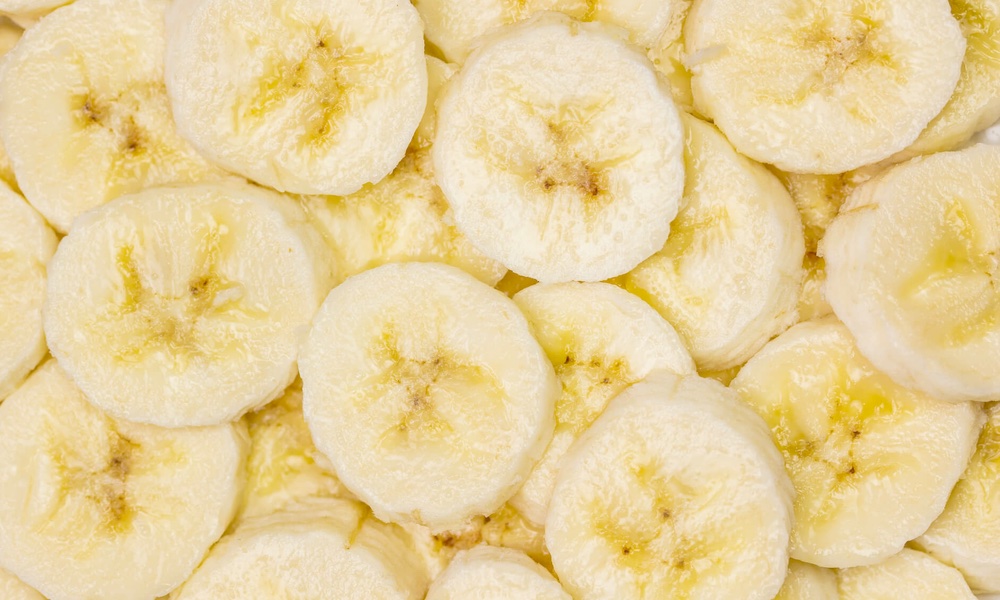Adults should eat at least 3.5 grams of potassium per day and less than two grams of sodium — five grams of salt — per day, according to World Health Organization recommendations. A Dutch study supports this guideline, but with an interesting twist: foods high in potassium, such as bananas, avocados and salmon, especially seem to reduce the risk of cardiovascular disease events and lower systolic blood pressure in women, particularly among those who eat a diet high in salt.
“Our findings indicate that a heart-healthy diet goes beyond limiting salt intake to boosting potassium intake,” Liffert Vogt, a coauthor on the study, said in a statement. Vogt, a professor at Amsterdam University Medical Centers in the Netherlands, added that food companies can help reduce blood pressure and CVD risk by swapping out the standard sodium-based salt for a potassium-based salt alternative in processed foods.
Nearly 25,000 participants, about 11,300 men and 13,700 women, took part in the EPIC-Norfolk study of adults in Norfolk, U.K. Participants completed a questionnaire about their diet and lifestyle habits, had their blood pressure taken, and provided a urine sample to measure 24-hour sodium and potassium excretion. They were followed for approximately 19 years.Men and women with the highest level of potassium intake had a seven percent and 11 percent reduction in CVD risk, respectively, compared to those who consumed the least potassium.
Women with the highest level of potassium intake had a significant reduction in systolic blood pressure as compared to those with the lowest potassium intake. This difference in systolic blood pressure was not seen when men with the highest potassium intake were compared to those with the lowest intake.
The association between increased sodium intake and higher systolic blood pressure was modified by potassium intake in women, but not in men. Women with the highest sodium intake had greater reductions in systolic blood pressure as their potassium intake increased, compared to women with the lowest sodium intake.
One reason for the differences between men and women of beneficial effects of potassium could be potassium-related natriuresis, or sodium excretion, with a subsequent reduction in systolic blood pressure, the researchers suggest. “These differences in sodium sensitivity between men and women may partially explain the gender-specific associations between potassium intake and systolic blood pressure control and the risk of CVD events.”
The study is published in the European Heart Journal.





